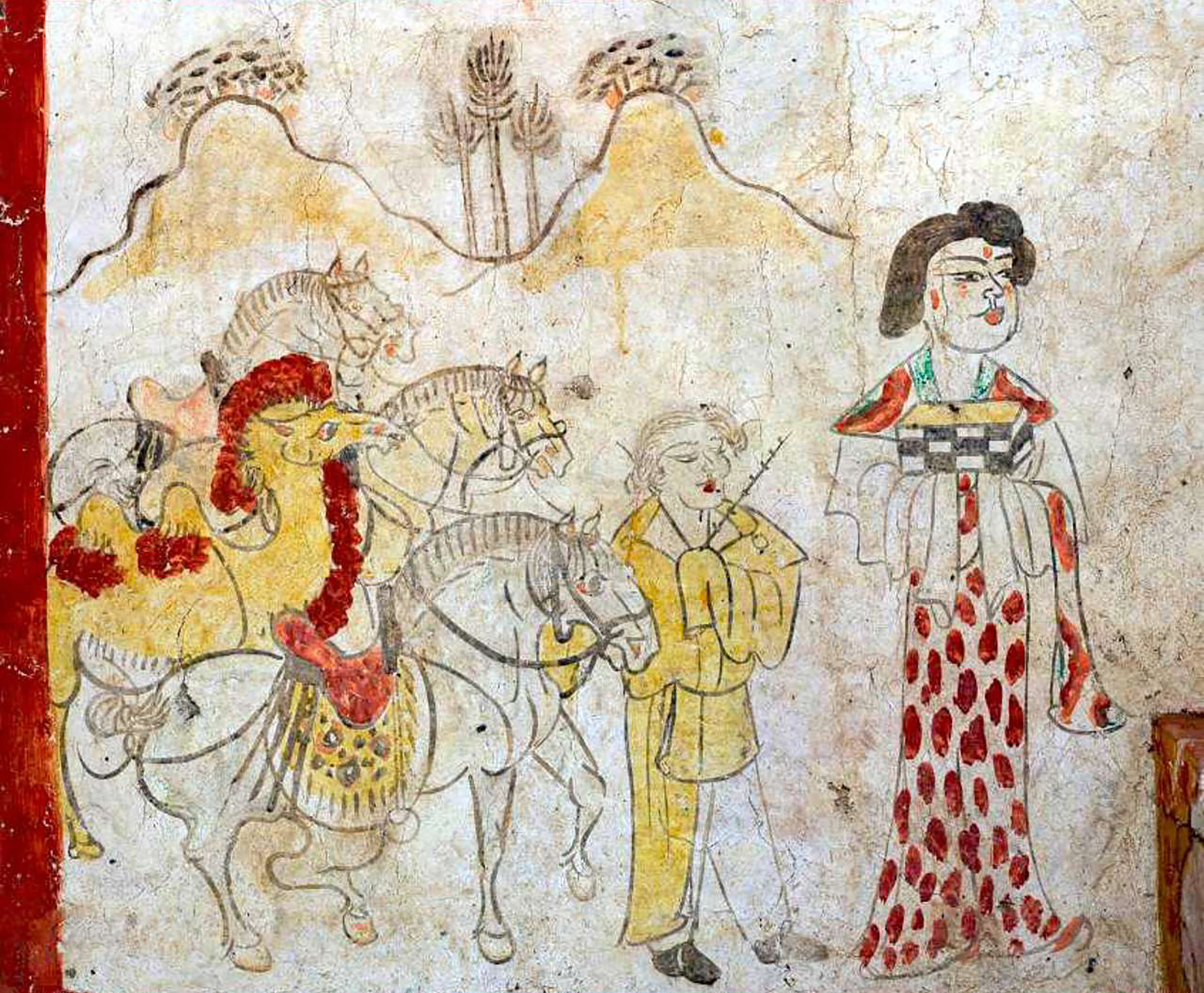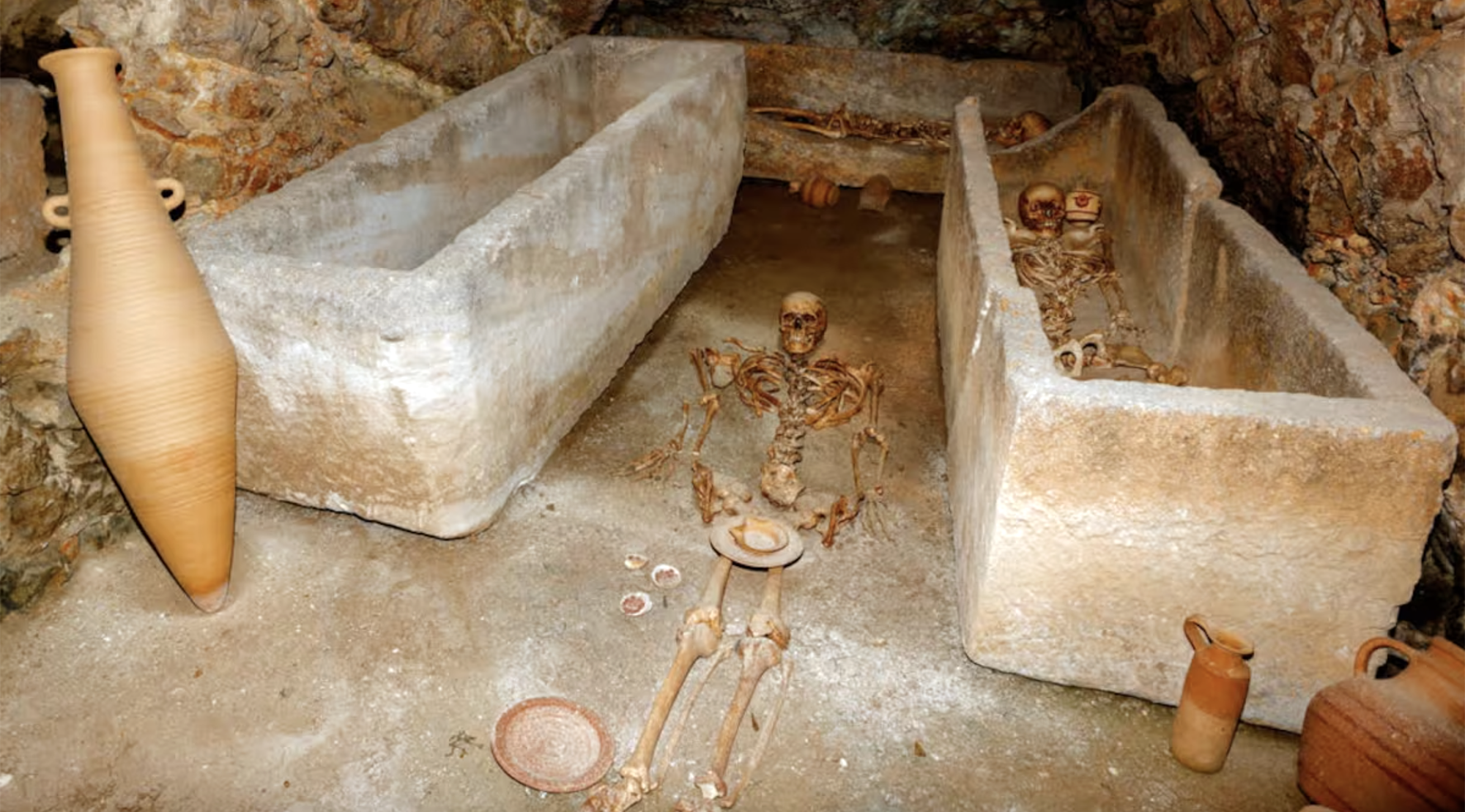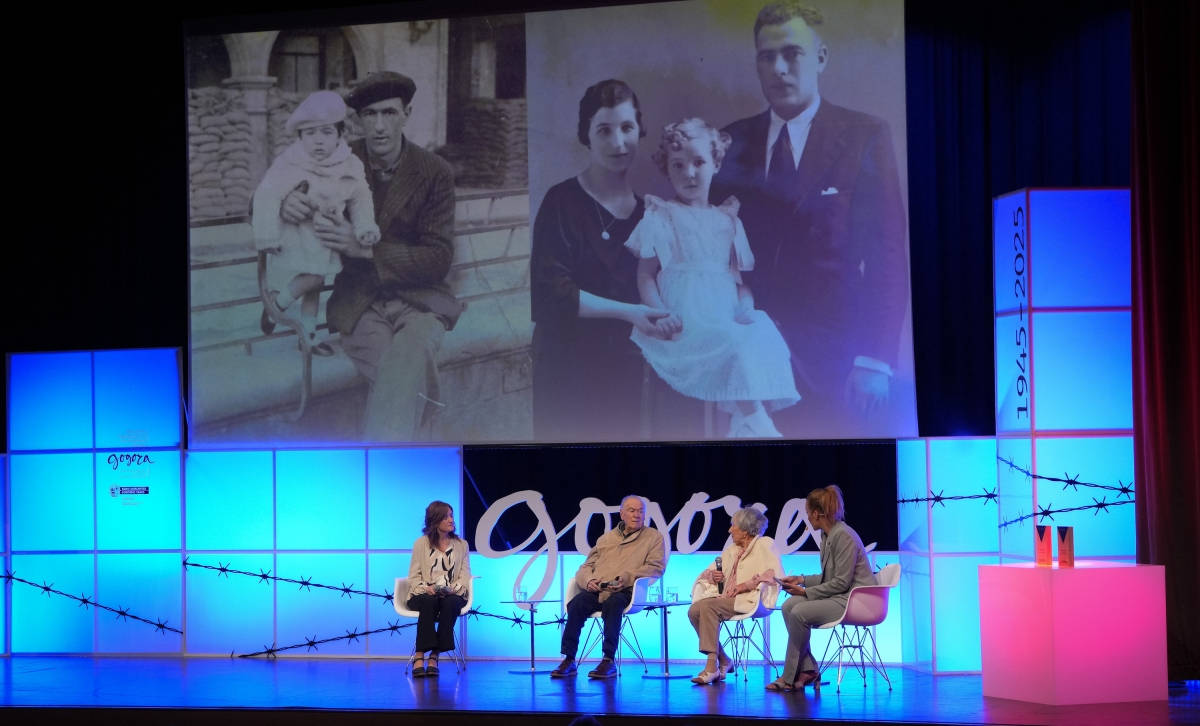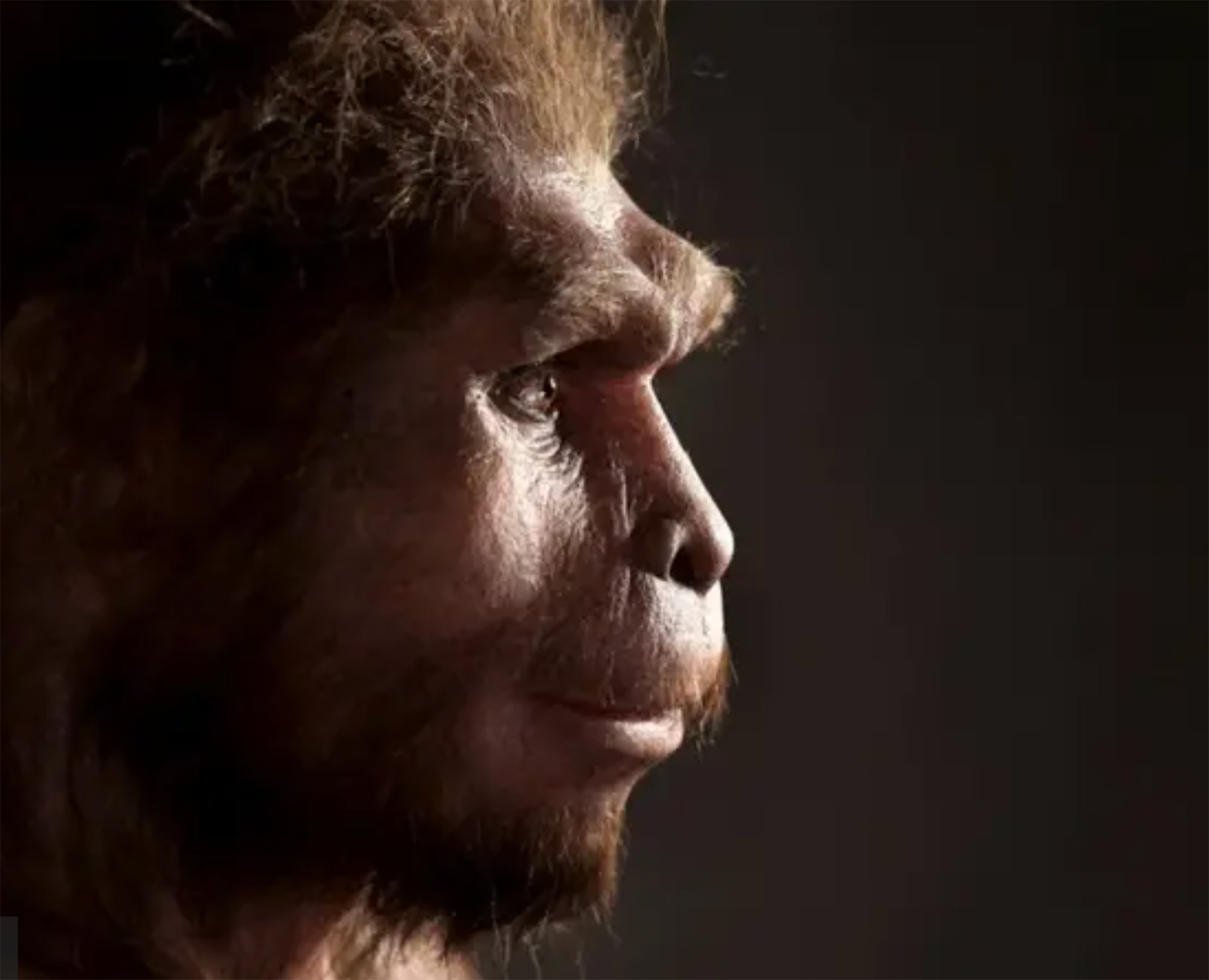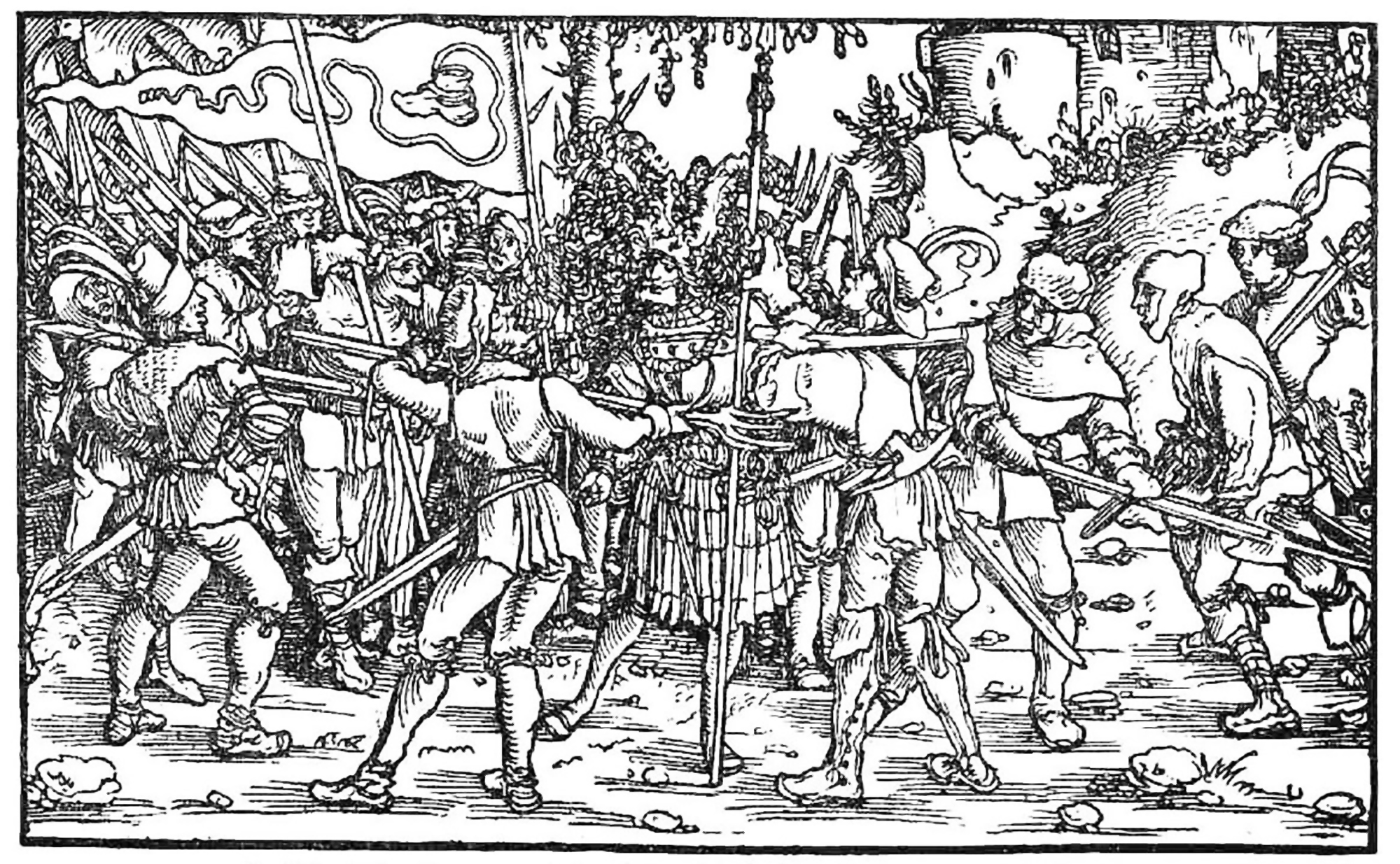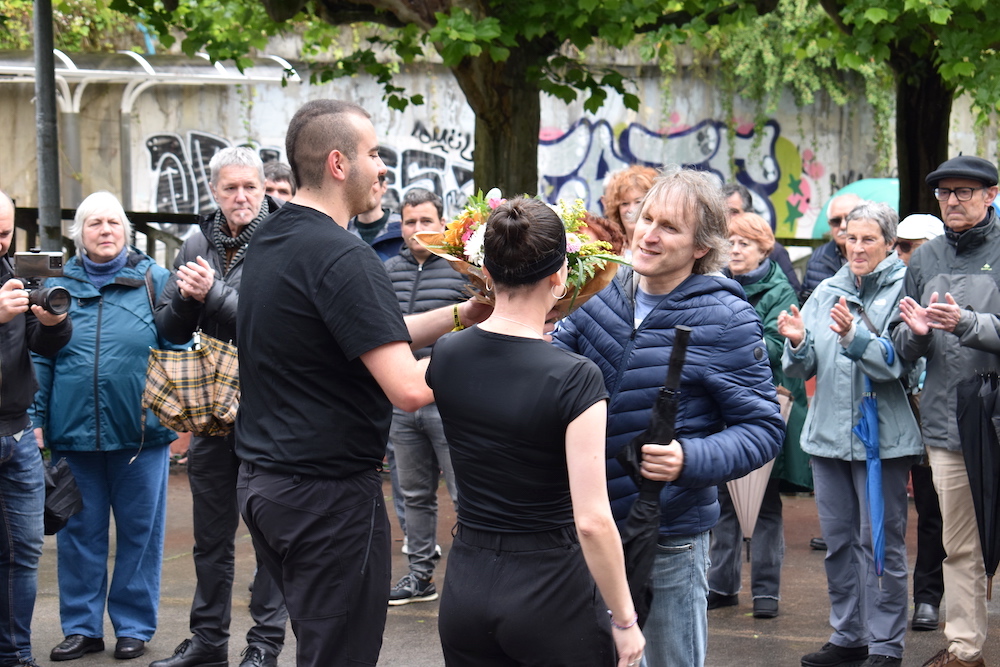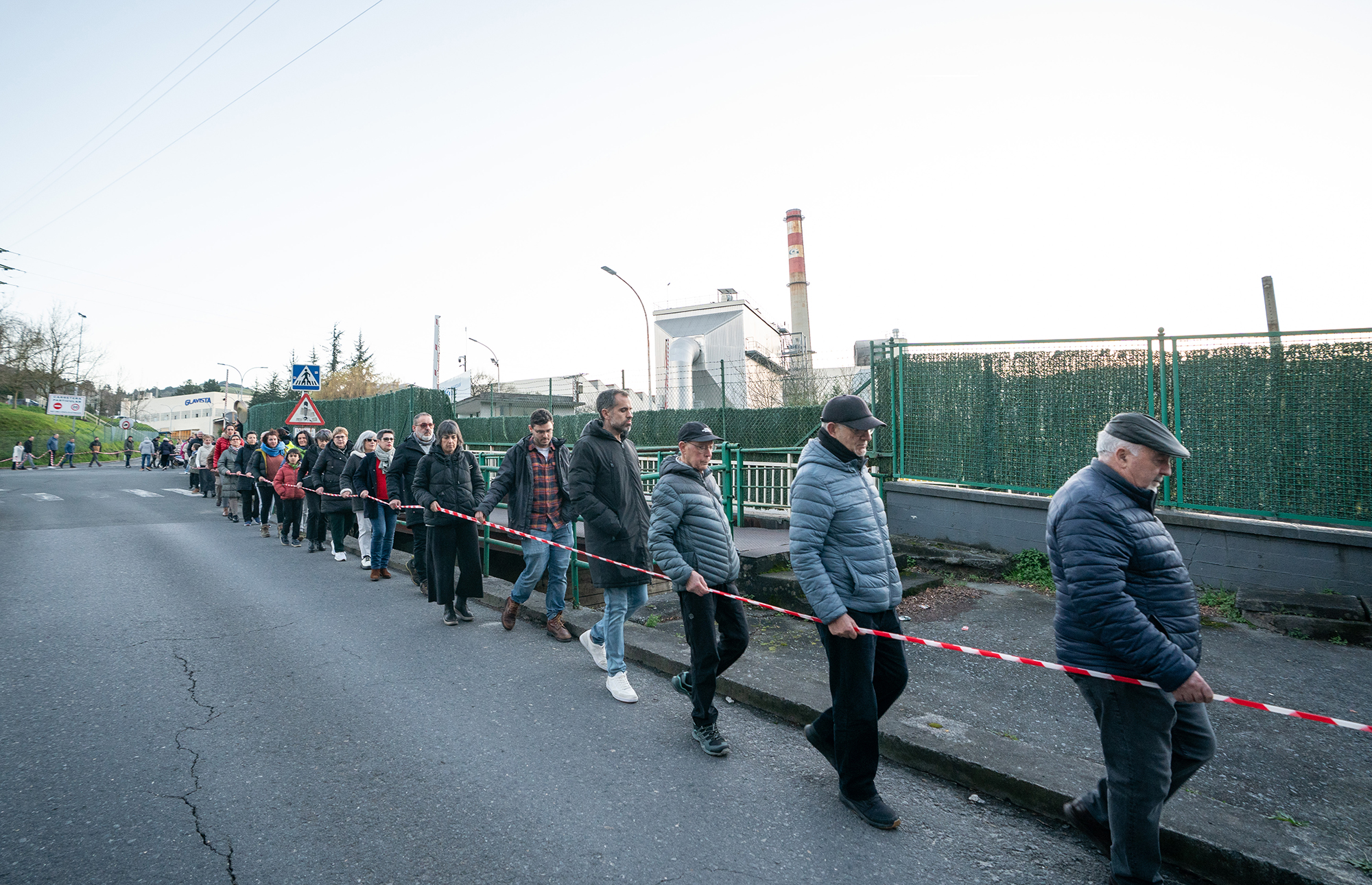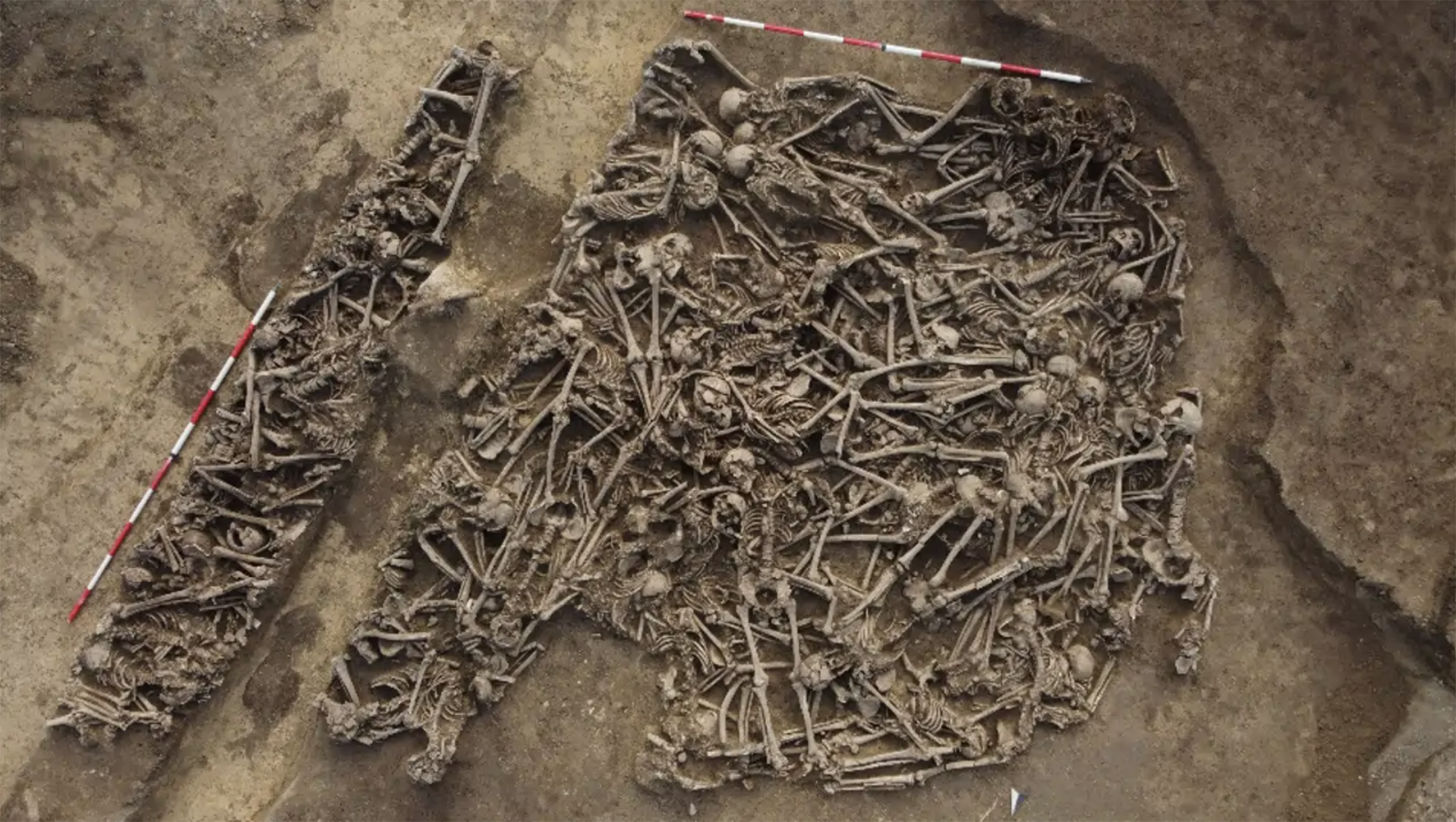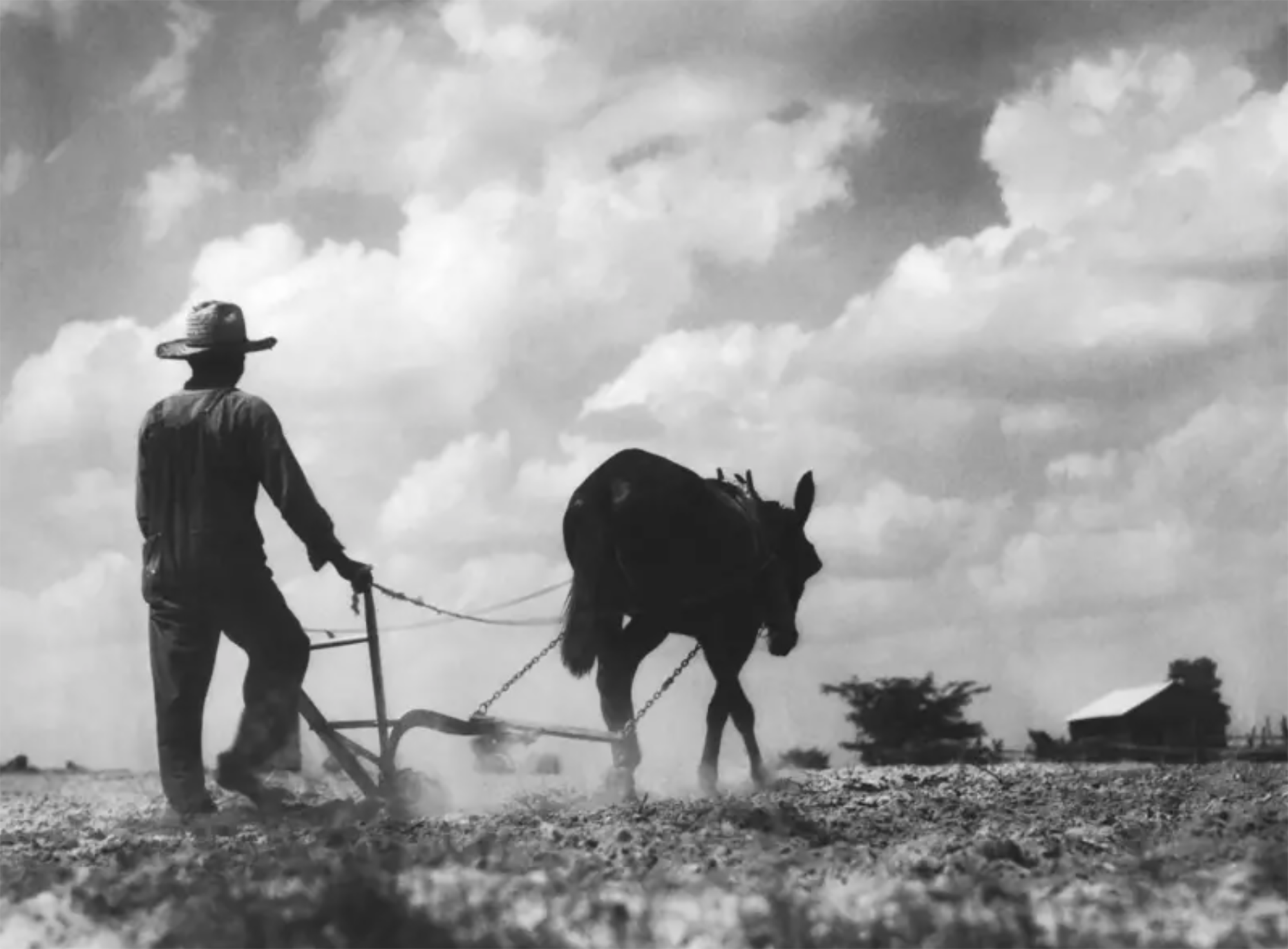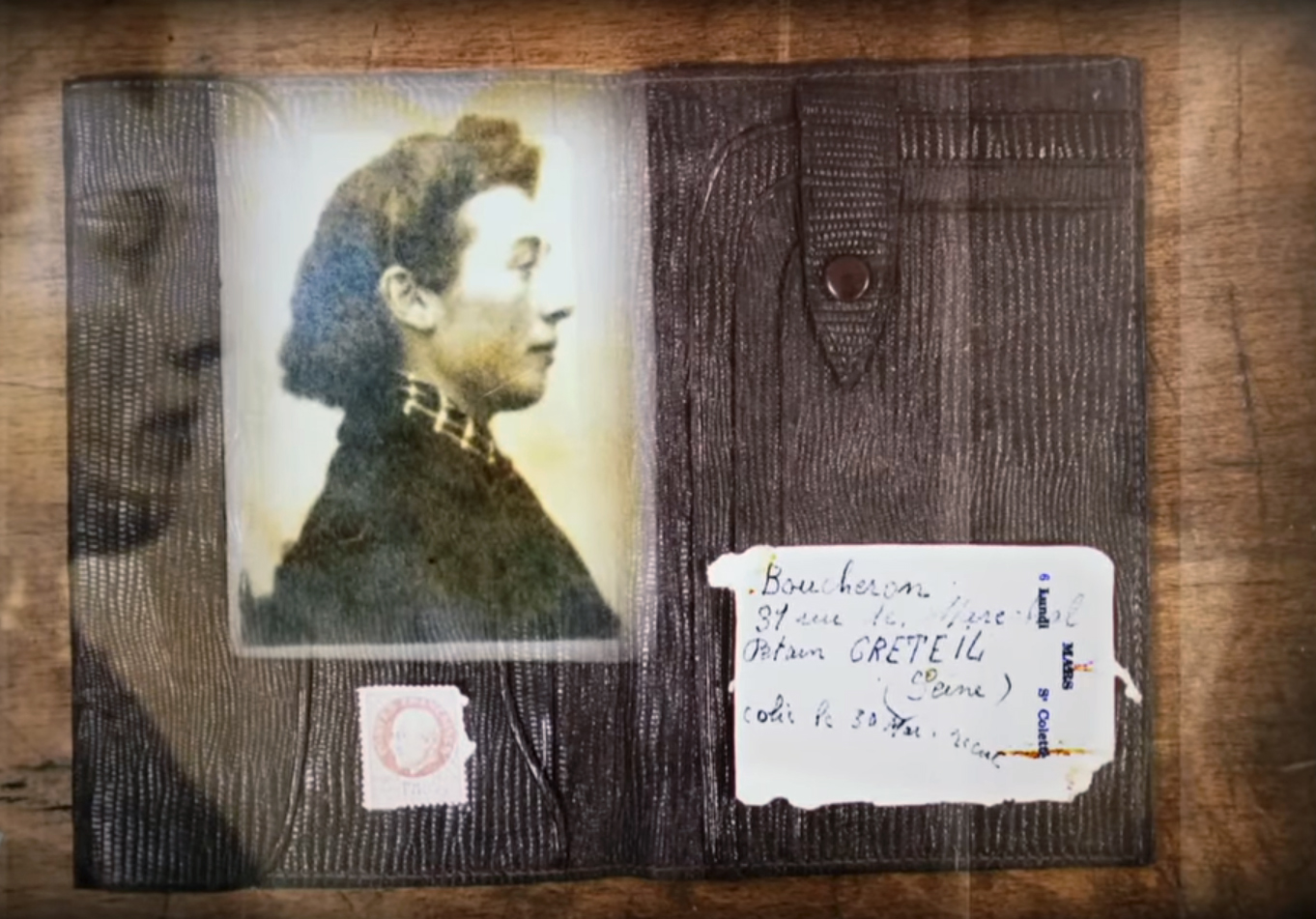Where is Genghis Khan?
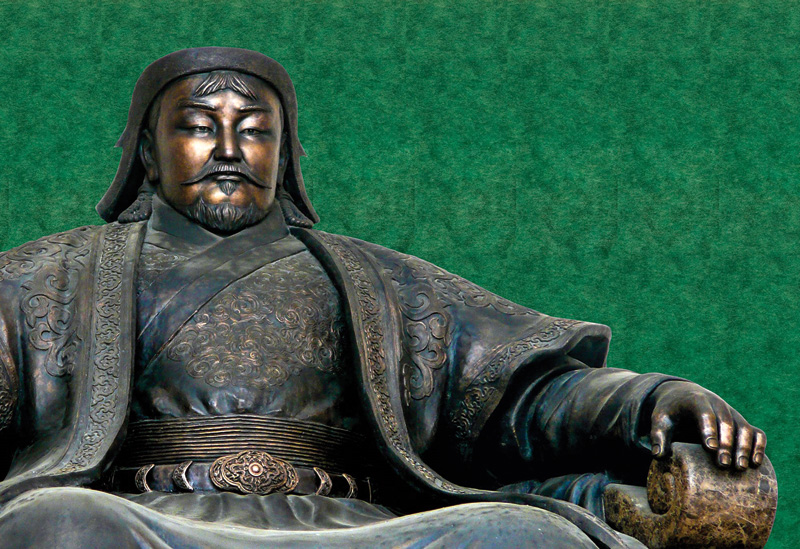
Empire Xi (present China), 18 August 1227. Genghis Khan, founder of the Mongol Empire, king of kings, died at the age of 65, after laying the foundations of one of the largest and longest empires in history. But the causes of death are not clear.
Some chronicles say he died when he fell from the horse, others killed him in the battle against the West Shiites and, according to Marco Polo, “attacked the castle called Caaju, was wounded by an arrow in the knee and died from the wounds. It was a pity, because he was a brave and wise man.”
If we found his grave, perhaps we would know more about life and, above all, about the death of the man who had created the greatest empire of the time. There is a mausoleum dedicated to it, but Khan was not buried there. Rumours indicate that in 1937 the Soviets found in a Buddhist monastery indications that they could show the way to their grave, or that two French archaeologists died in the search because the tomb is cursed. But there are still no signs of burial.
In 2004, the Genghis Khan Presidential Palace was discovered, which aroused hope and passion for the location of the tomb. The amateur archaeologist Maury Kravitz was in it 40 years, and despite his efforts in recent years, he died unsuccessfully in 2012.El archaeologist Albert Yu-Min Lin of the University of California, now looking for the tomb with new technologies and methods that do not harm the environment. In January 2015, a project was launched that seeks to locate the location of the burial through photographs taken from space.
The fact is that Temüjin, who was his original name, belonged to the tribe of Borjigin and it was customary to bury in secret places the dead in that tribe. The king of the Mongols also wanted to maintain the old custom. Legend has it that his body was moved to Mongolia in the vicinity of the home town of Khentii Aautobus. Anyone who found the procession on the road was murdered. The slaves who built the tomb were exterminated and the soldiers who killed them had the same end. They changed the course of a river to make its location even more secret. They then buried several horses in the form of grave seals and planted several trees to better hide the situation.
With the help of archaeologists, satellites and other technologies, they fight the efforts and the passage of time of the most powerful power of the time, and they don't seem to have great chances of winning. If they did, they might get a little more information about the character. Otherwise, Genghis Khan ' s last will would be respected forever.
In the Chinese province of Shanxi, in a tomb of the Tang dynasty, paintings depicting scenes from the daily lives of the dead are found. In one of these scenes a blonde man appears. Looking at the color of the hair and the facial expression, archaeologists who have studied the... [+]
Carthage, from B.C. Around the 814. The Phoenicians founded a colony and the dominant civilization in the eastern Mediterranean spread to the west. Two and a half centuries later, with the decline of the Phoenician metropolis of Tyre, Carthage became independent and its... [+]
Salvador Puig Antich frankismoaren kontrako militantea izan zen. Askapen Mugimendu Iberikoko kidea, 1973ko irailaren 25ean atxilotu zuten. Gerra-kontseilua egin zioten, eta garrotez exekutatu zuten handik sei hilabetera, 1974ko martxoaren 2an. Aurtengo otsailean baliogabetu du... [+]
Rudolf Botha hizkuntzalari hegoafrikarrak hipotesi bat bota berri du Homo erectus-i buruz: espezieak ahozko komunikazio moduren bat garatu zuen duela milioi bat urte baino gehiago. Homo sapiens-a da, dakigunez, hitz egiteko gai den espezie bakarra eta, beraz, hortik... [+]
Böblingen, Holy Roman Empire, 12 May 1525. Georg Truchsess von Waldburg overthrew the Württemberg insurgent peasants. Three days later, on 15 May, Philip of Hesse and the Duke of Saxony joined forces to crush the Thuringian rebels in Frankenhausen, killing some 5,000 peasants... [+]
During the renovation of a sports field in the Simmering district of Vienna, a mass grave with 150 bodies was discovered in October 2024. They conclude that they were Roman legionnaires and A.D. They died around 100 years ago. Or rather, they were killed.
The bodies were buried... [+]
Washington, D.C., June 17, 1930. The U.S. Congress passed the Tariff Act. It is also known as the Smoot-Hawley Act because it was promoted by Senator Reed Smoot and Representative Willis Hawley.
The law raised import tax limits for about 900 products by 40% to 60% in order to... [+]











